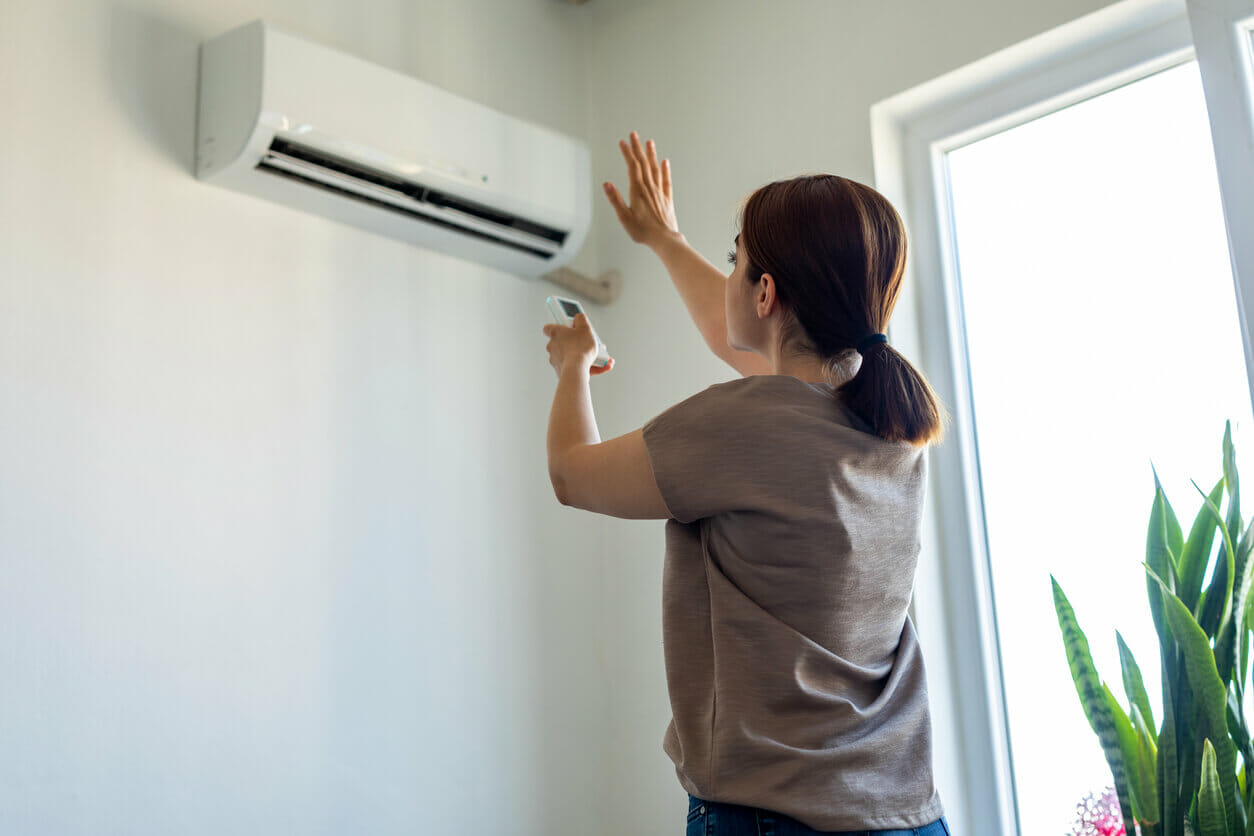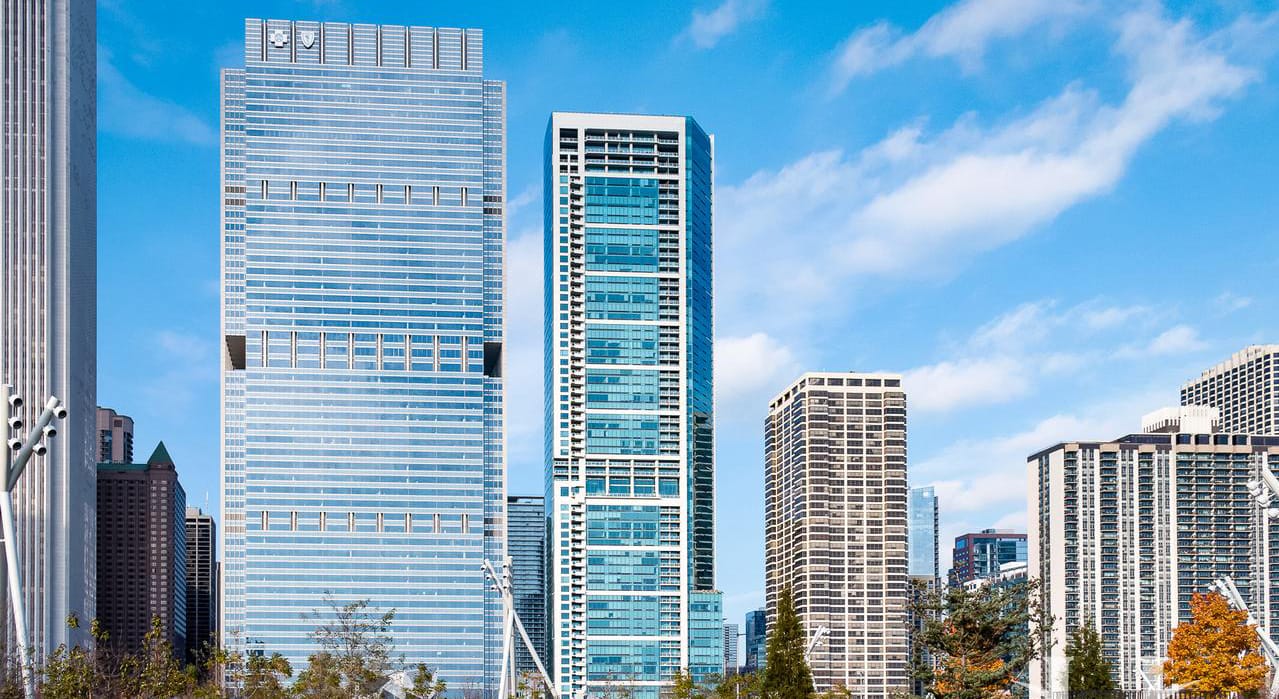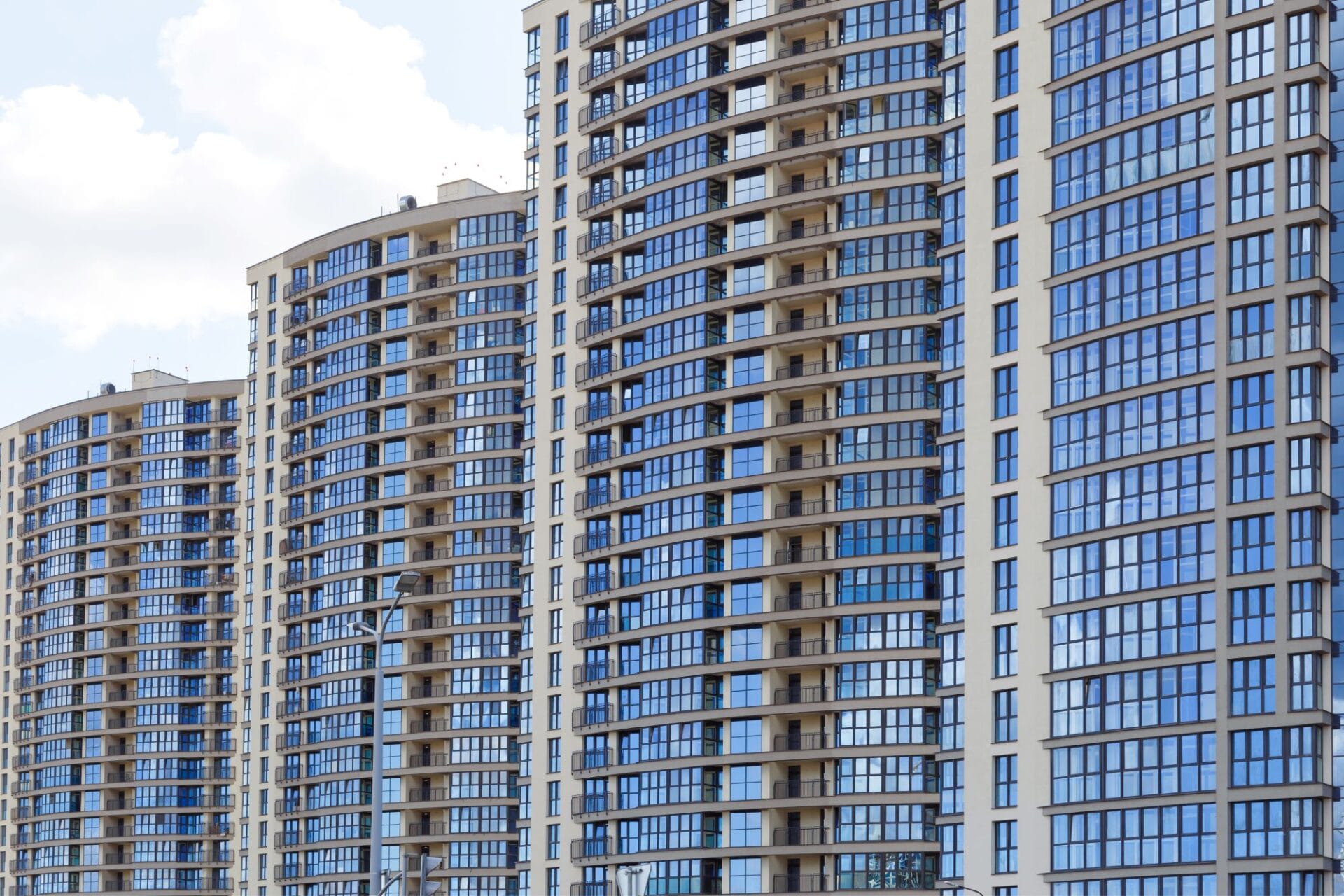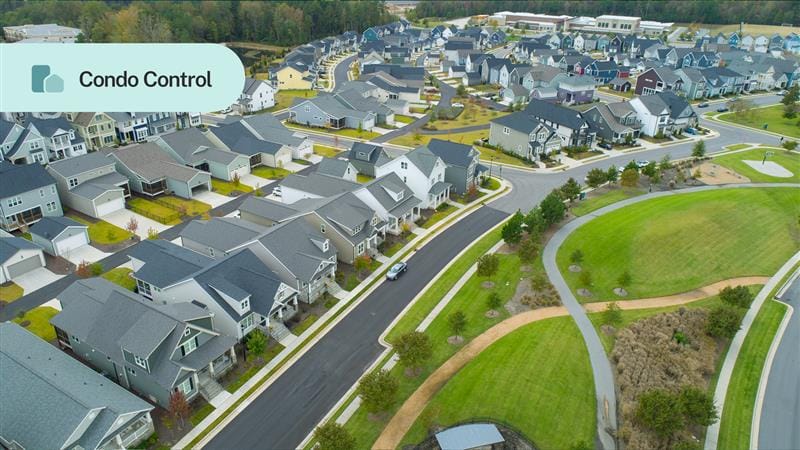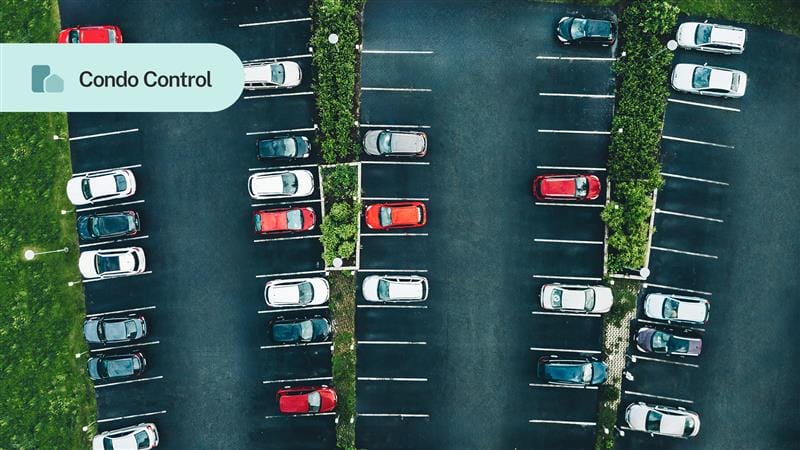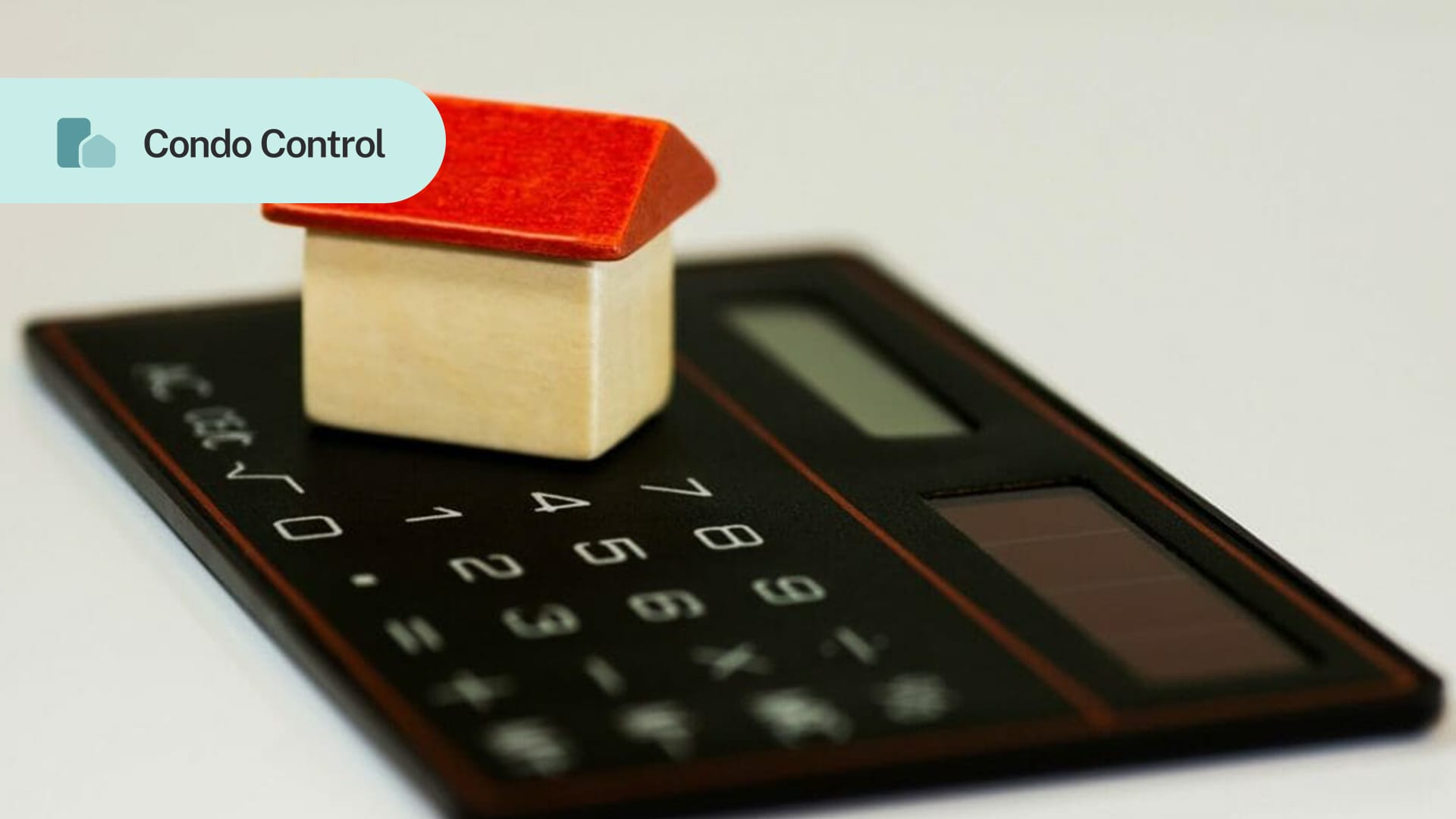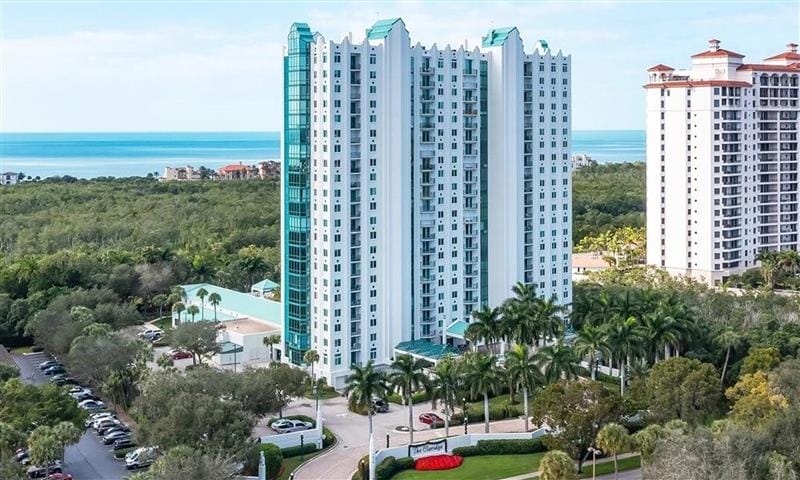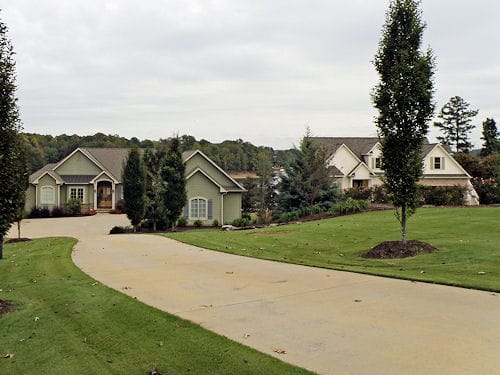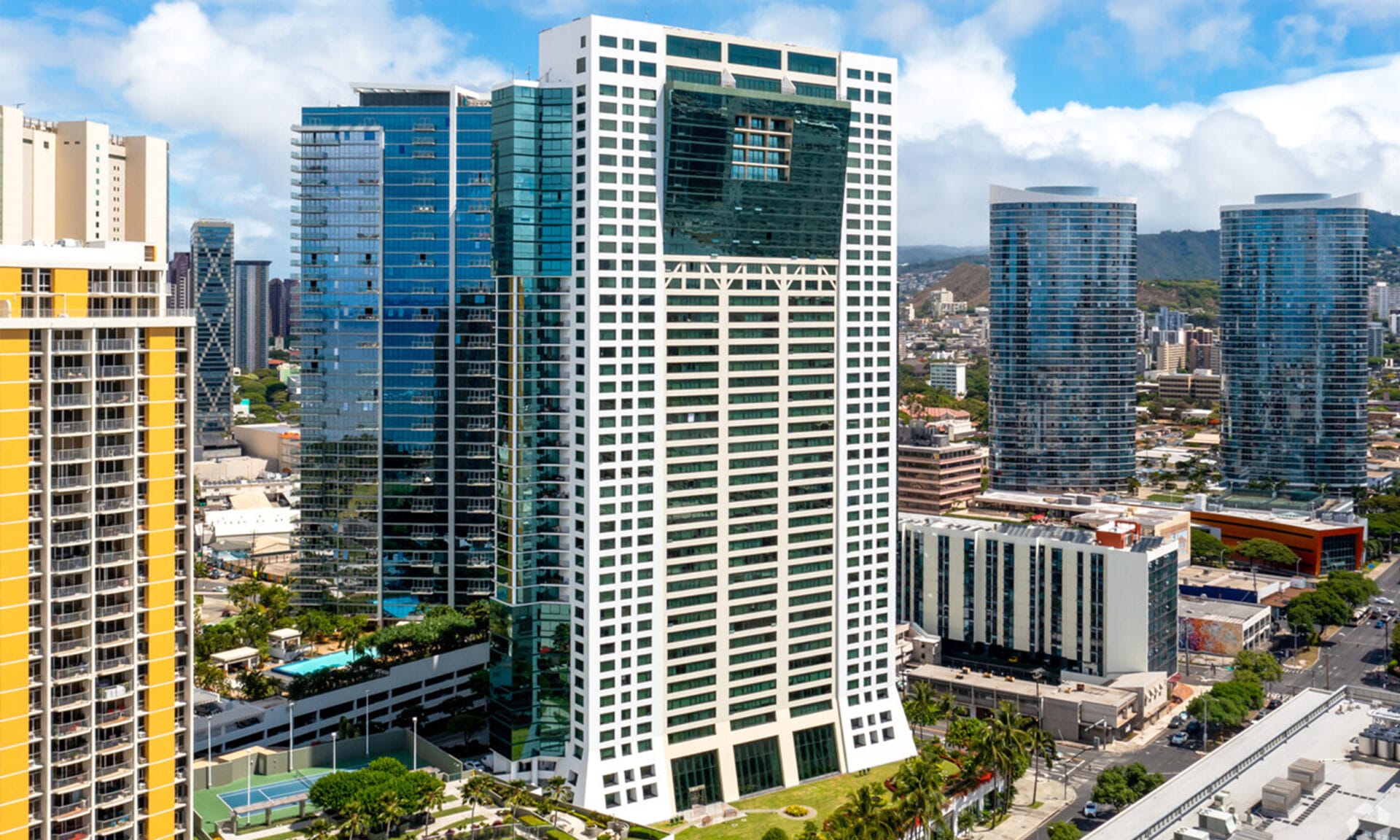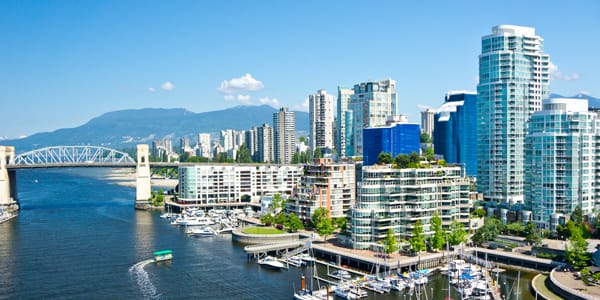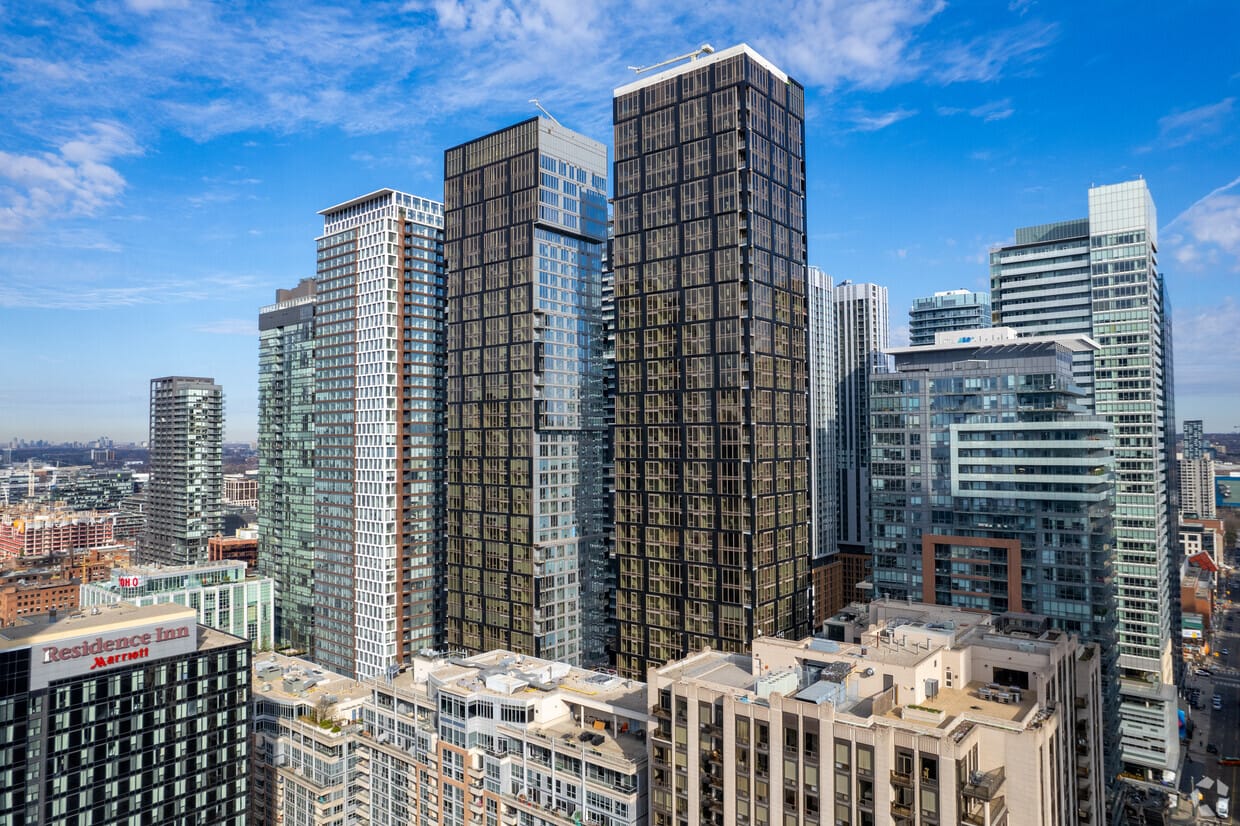HVAC systems play a major role in keeping condo members comfortable and happy. But how do they actually work? And how often do they require maintenance care? If you’re not already familiar with the equipment, finding the answer to this question can prove to be a bit challenging.
In this article, we will clear up some of the mystery surrounding HVAC systems and provide some guidelines on how to care for this vital equipment.
Table of contents
The basics
HVAC stands for heating, ventilation, and air conditioning. At its core, an HVAC system provides heating and cooling, and quality air to buildings and homes.
HVAC systems replace or exchange air within a space, and help to remove moisture, smoke, airborne bacteria, etc. Since condominiums are so densely populated, residents can easily appreciate the utility of a good quality HVAC system.
Every condo building will have some type of air/temperature control system in place. However, depending on where you live, your building may only need air conditioning.
Not all systems are the same
Part of the challenge of acquiring helpful information about your condo’s HVAC system is that there is more than one type of equipment. In fact, there are several options to choose from. So you must know what system is operating in your building in order to learn more about it and provide it with the appropriate care.
Below are the most common types of HVAC systems used by condominiums.
Chilled water systems
The most traditional HVAC system is a chilled water system. Large building developers may prefer this centralized temperature control option because of its efficiency. They use less energy to heat and cool large areas.
The chiller cools water which is then delivered to the individual building units to cool the air in the space. There is also a boiler system that delivers heated water to each unit to warm the air.
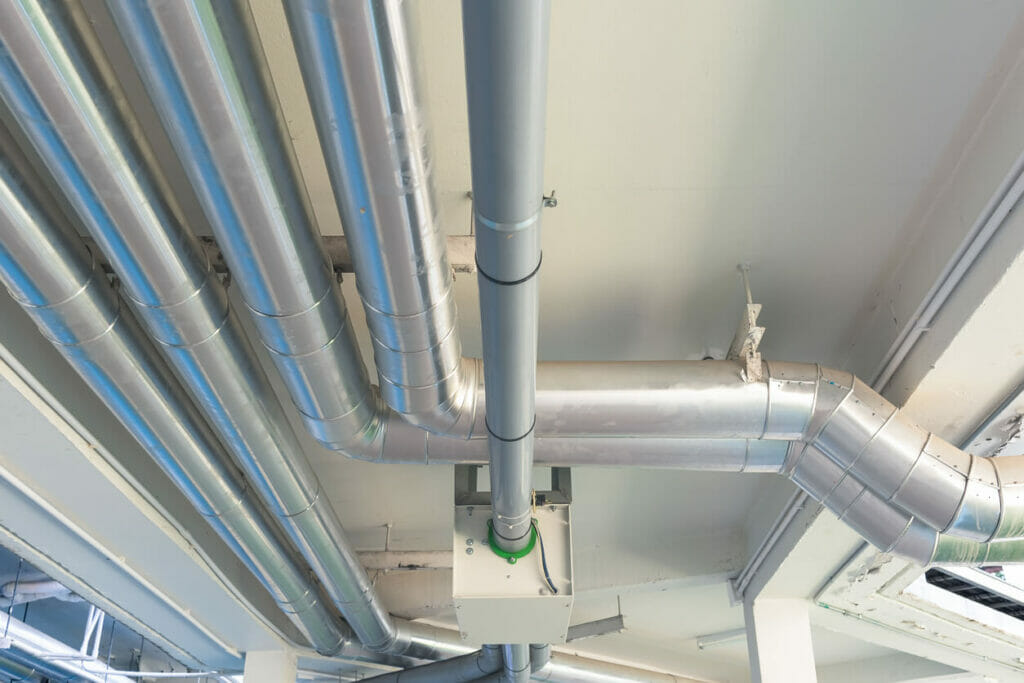
Pumps, insulated supply piping, and insulated return piping are required for this system to function. Each unit will have a fan coil that transfers the heat or cooler air.
While they can last for many years, chiller systems require a more advanced maintenance program. The chilled water pipes may create condensation issues if they are not properly insulated. Heating and cooling functions cannot operate at the same time.
Heat pumps
Heat pump systems do not create heat. Instead, they redistribute heat from the air or ground and use a refrigerant that circulates between an indoor fan coil unit and an outdoor compressor to move heat. Air is blown over an evaporator coil, transferring heat energy from the air to the refrigerant. That heat energy is circulated in the refrigerant to a condenser coil, where it is released as a fan blows air across the coil.
Heat pump systems provide both heating and cooling, giving residents the power to control the temperature all year long.
These systems offer very high energy efficiency since they do not generate heat. However, they have limited performance in extreme temperatures, making them less suitable for condominiums located in cities that endure extreme climates.
Each unit will require a condensing unit on the exterior, and they are not visually appealing. Low-rise buildings may keep the units on the roof to give the building a cleaner appearance. However, all the noise will be centralized there which could disturb residents on the top floor.
Fan coil systems
Fan coils use a fan to drive air through hot or cold pipes. This system also uses a centralized boiler and chiller to control the temperature of the building.
The terminal units are also called fan coils. They consist of an enclosure, fan and motor, coil with drain pan, and a filter. Fan coils can be configured so that they can be installed in the walls or ceiling. Fan coils have drain pans, so consideration for condensate piping must be given.
Like chilled water systems, fan coil systems can only be in heating or cooling mode. Residents may experience temporary discomfort during shoulder seasons if it is hotter than normal during early spring, or colder than normal during early fall.
High-velocity air handler systems
These temperature-regulating systems are newer and are most appropriate for low-rise condominiums. High-velocity air handler systems consist of an exterior unit (condenser or heat) that pushes hot or cold air through ducts where it is vented to rooms or units. High-velocity systems use very skinny tubing, making these systems very dynamic.
Magic pak/condo pack systems
Magic pak systems provide heating and cooling, and you can switch from one to the other immediately. These systems are commonly found in high-rise condo developments. Magic paks work with electricity or natural gas. They have a higher upfront cost compared to other HVAC systems, but give residents greater control over the temperature of their units.
Maintenance requirements
HVAC systems must receive regular preventative maintenance since they work so hard. Temperature control is very important to residents – especially those who have health conditions, are older, have pets and/or children, and who live in very hot or cold places.
As such, those who are responsible for maintenance should preschedule maintenance ahead of time. By doing so, you are less likely to forget about important work, and HVAC professionals can identify small issues before they become big problems.
Your condo may already have a maintenance schedule for its HVAC system, but if not, try to have preventative maintenance work completed at least twice a year. Do it during shoulder seasons before there will be a switch from hot to cold air, or vice versa.
Don’t forget about the filters if the system uses them. In many cases, residents will be responsible for changing them. Most air filter manufacturers and HVAC companies recommend changing air filters every 90 days, or 3 months. You can send a friendly reminder using your building’s communication system.
As for useful lifespan, HVAC systems that are properly cared for can last anywhere from 10 to 25 years.
Heat pumps need to be replaced after 10 to 15 years. The lifespan of these systems mainly depends on the frequency of maintenance. It is expensive to replace a heat pump system.
Fan coil systems can last for an average of 20 to 25 years. Their simple design and use of serviceable components allow them to operate for a long time. However, regular maintenance and proper usage are crucial for extending the lifespan of these systems. That includes cleaning to prevent clogging and dirt buildup. Fan coils can cause leaks or floods, which could result in water damage. Water damage in condo development is an industry-wide issue. Not only can it be expensive, but given how easily it can impact surrounding units or common area property, it can also drive up insurance premiums.
High-velocity air handler systems have an average lifespan of 15 to 20 years.
Magic paks operate for about 12 to 18 years.
Conclusion
HVAC systems required regular care from skilled professionals. But that doesn’t mean you can’t learn more about how your system works. As long as you know what type of HVAC system has been installed in your building, you should be able to acquire the information you need.
